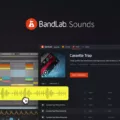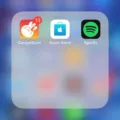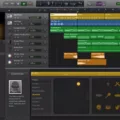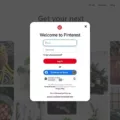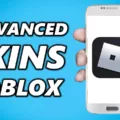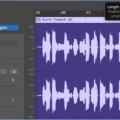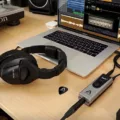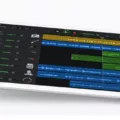If you’re an aspiring musician looking to create music on an iPad, then Garageband is a great way to get started. Garageband for iPad is a powerful and easy-to-use audio workstation that gives you all the tools you need to make great music. With its intuitive interface and advanced features, it’s no wonder why Garageband is one of the most popular digital audio workstations today.
Adding loops to your Garageband iPad project is an easy and fun way to add more depth and character to your songs. Loops are short audio files that can be layered together to create complex musical parts and textures. There are two types of loops – audio loops (blue) and software instrument loops (green). Audio loops are prerecorded samples that can be used as background elements or lead instruments, while software instrument loops are preprogrammed MIDI sequences that allow you to control the sound of each note.
To add a loop to your project, drag it from the Loop Browser onto an empty area of the Tracks area, below the existing tracks. To find loops using filters, tap Filter by in the Loop Browser, then select Sound Pack, Type (Audio Loops, MIDI Loops or Drummer Loops), Scale or Apple Loops in the upper-left corner. Adding a loop you like is as simple as drag-and-drop – just click it in the Loop Browser and drag it onto the workspace in the center were it says “Drag Apple Loops here” and release. You can also adjust its length by dragging the right side of the loop.
Garageband for iPad makes creating music simple and fun so why not give it a try today? Who kows what kind of amazing tunes you could come up with!
Adding a Loop in GarageBand
Adding a loop to GarageBand is a simple process that can help you create an even more dynamic piece of music. First, open your project and make sure the Tracks area is visible. Then, drag a loop (either blue for audio loops or green for software instrument loops) to an empty area of the Tracks area, beow the existing tracks. If you want to convert a software instrument loop to an audio loop, drag it onto an audio track. Once you’ve added your loop, it will appear in the Tracks area and can be edited like any other track. You can also add multiple loops to further expand your project and add more variety.
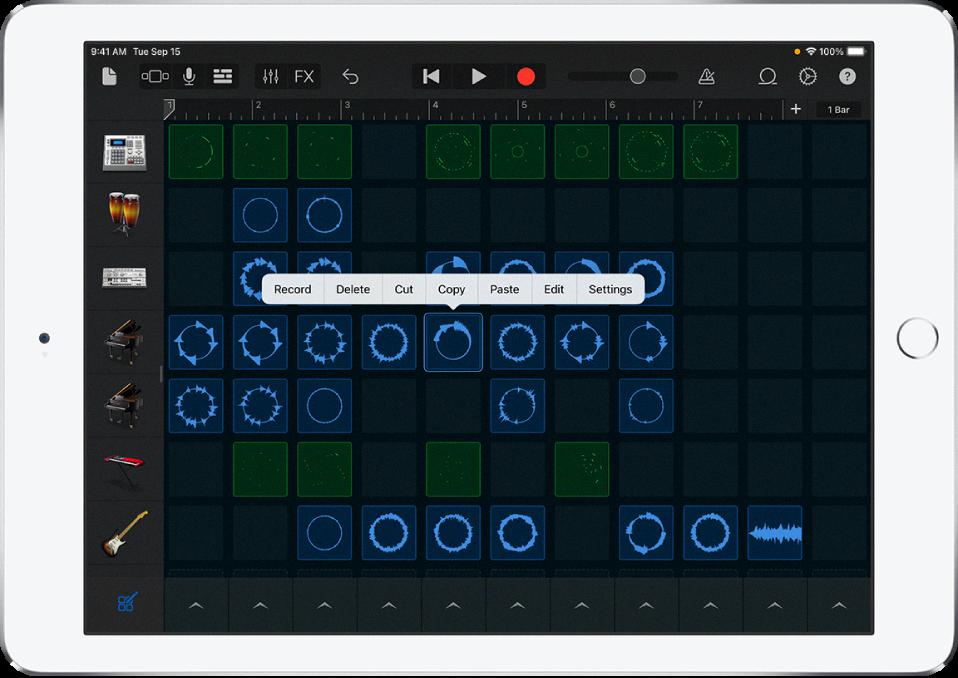
Source: support.apple.com
Adding Loops to GarageBand iOS
To add a loop to GarageBand for iOS, start by tapping the loop library icon or tap the ‘+’ button at the top of the screen. You can then select from a range of sounds, including audio loops, MIDI loops, and drum loops. If you’d like to narrow down your selection, use the filters at the top of the page to refine your search by sound pack, type of loop, or scale mode. Once you’ve selected a loop, it will be added to your project’s timeline at the playback position of your project. To adjust its position or length in your project, simply drag and drop it in the timeline.
Adding a Loop in GarageBand Mobile
Adding a loop in GarageBand mobile is incredibly easy! First, open up the Loop Browser and find the loop you’d like to use. You can search for it by keyword or browse through the categories on the left. Once you’ve found your loop, just tap it once to select it and then tap and hold on the loop until you see it lift off the screen. Then drag-and-drop it onto the workspace in the center of the screen – where it says ‘Drag Apple Loops here’ – and release. Boom, done! From there, you can drag either side of the loop to expand or shorten its length, or move it to a diffrent spot in your song.
Where Are GarageBand Loops Stored on an iPad?
On an iPad, GarageBand loops and samples are stored in the “Files” app. To access them, first open the “Files” app. Once in the Files app, select “Browse” at the bottom of the screen and then choose “GarageBand.” In the top right corner of the GarageBand folder, you will see a folder labeled “Loops.” This is where all of your GarageBand loops and samples are stored. You can view and access them from here.
Creating a Loop on an iPad
To put a loop on an iPad, start by going to the watch screen of the video you want to loop. Then tap More in the video player. This will bring up additional options. Tap Single Loop and the video will begin to repeat continuously.
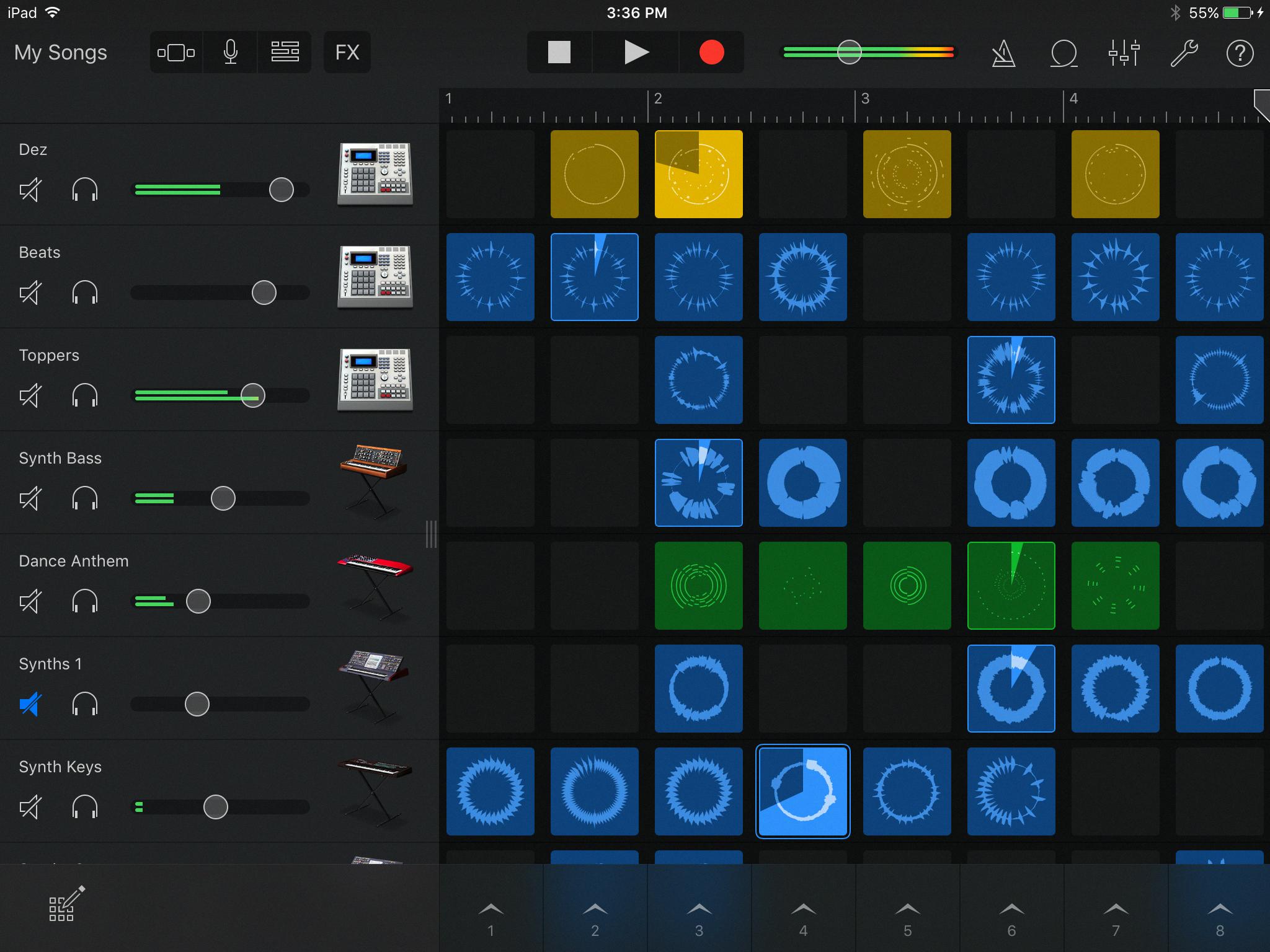
Source: djtechtools.com
Locating the Loops Icon in GarageBand
The loops icon on GarageBand can be found in the control bar at the top of the screen. You can also access it by going to View > Show Loop Browser. The loops icon looks like a pair of drumsticks crossed over each oher in a circle. Clicking this icon will open the Loop Browser, where you can browse and preview samples, instruments and audio loops and drag them onto your project.
Where Apple Loops Are Stored on iPad
Apple Loops on the iPad are stored in the Apple Loops folder inside the Files app. To access this folder, open the Files app, tap on “Browse”, and then select “iCloud Drive”. Once in iCloud Drive, scroll down and select “Apple Loops” to find all of your installed Apple Loops.
Does GarageBand Work on iPad?
Yes, GarageBand is available for iPad and is a powerful music creation app that allws users to make music in a variety of ways. Using the multi-touch screen, users can play piano, guitar, and drums on an iPad with just their fingertips. Users can also choose from a selection of Smart Instruments and use loops to quickly create songs with Live Loops. GarageBand also offers powerful recording options, allowing users to record multiple tracks simultaneously while adding effects. With GarageBand, iPad users have all the tools they need to create amazing music.
Exploring the Loops Library in GarageBand
The loops library in GarageBand is a collection of prerecorded musical snippets performed by professional musicians. There are over a thousand loops included with GarageBand, each designed to flow seamlessly from its start point to its end point. Loops range from full songs to individual instruments and drum beats, so you can create your own music using the prerecorded snippets. You can also customize the loops by adjusting ther tempo, pitch, and length.
Conclusion
In conclusion, Garageband for iPad is a powerful and versatile music creation tool. With a wide selection of loops and instruments, it’s easy to create professional-sounding tracks quickly and easily. With the ability to record audio, edit MIDI, layer sounds, mix songs, and even perform live with multi-touch control, Garageband for iPad offers an incredible range of features to help you make the most out of your music-making experience. Whether you’re a beginner or a seasoned producer, Garageband for iPad has something for everyone.

